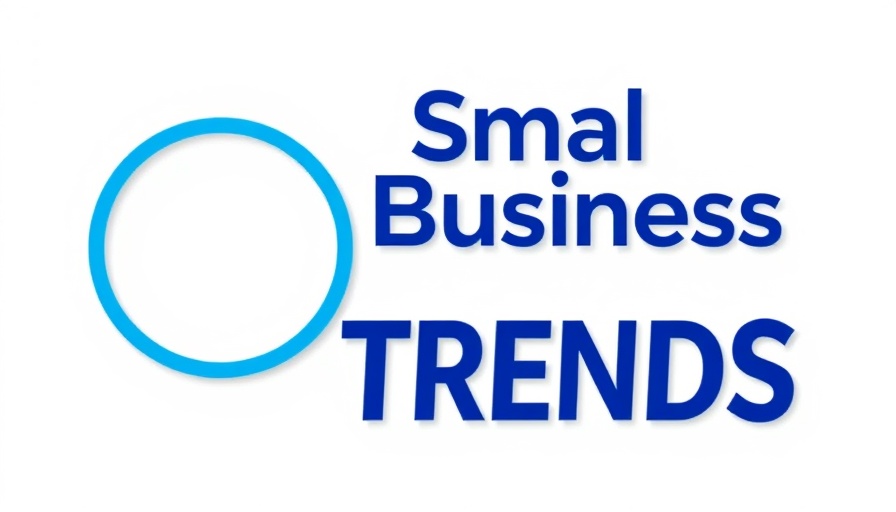
Unlocking Your Potential: The Rise of Print on Demand Businesses
In the new age of entrepreneurship, one business model stands out for its simplicity and effectiveness: Print on Demand (POD). This approach is revolutionizing how creatives turn their passion into profit without the traditional burdens of inventory and upfront costs. For small business owners looking to navigate the complexities of e-commerce, POD presents a unique opportunity to thrive.
What Makes Print on Demand So Attractive?
POD is designed to minimize risk and maximize creativity. Unlike conventional retail models, POD requires minimal upfront investment, making it ideal for budding entrepreneurs. As products are printed only after an order is placed, there are no inventory management hassles. This flexibility paves the way for vibrant product offerings— from custom t-shirts and mugs to unique home decor—tailored to a diverse customer base.
The Marketing Imperative: Strategies for Success
To succeed in the POD landscape, a strategic marketing approach is non-negotiable. Effective advertisements on platforms like Instagram and Facebook not only build brand awareness but drive customer acquisition as well. Content marketing also plays a pivotal role, helping to establish a brand’s narrative and connect meaningfully with its audience. The fusion of creativity and strategic marketing not only attracts customers but fosters a robust community around your brand.
Choosing the Right Niche: The Key to Less Competition
Identifying a niche market is paramount in the POD business model. The right niche reduces competition and focuses your efforts on attracting specific demographics. Whether you cater to eco-conscious consumers with sustainable products or target pet lovers with personalized items, narrowing your focus allows you to position your brand as a leader in that specific area. Market research will empower you to understand your audience better, ensuring that your product offerings resonate.
Picking Your Print on Demand Platform: Essential Considerations
Choosing the right POD platform can significantly impact your business’s success. Look for platforms that offer a variety of products, robust customer support, and integration with popular e-commerce solutions. Evaluate options such as Printful, Teespring, or Redbubble based on their features, shipping capabilities, and user reviews. A reliable platform streamlines your sales process, allowing you to focus on what really matters: creating compelling products.
Legalities and Logistics: Setting Up Your Business
Starting a POD business might be accessible, but you still need to navigate legal requirements. Consider the structure of your business carefully—whether it’s a sole proprietorship, LLC, or corporation—this decision impacts your taxes and legal responsibilities. Additionally, ensure you understand your obligations for sales tax, especially if selling across multiple states. Taking these steps will enhance credibility and protect your venture.
Focusing on Growth and Scalability
As your POD business starts gaining traction, thinking about scalability is crucial. Expanding your product range, enhancing your marketing strategies, and exploring new sales channels can open doors to increased revenue. Consider international shipping options and collaborating with influencers to broaden your reach. Regularly revisit your business strategies to adapt to market changes and customer feedback.
Turning Passion into Profit: Inspiring Success Stories
Countless small business owners have transformed their lives through POD. One notable instance is a local graphic designer who saw an opportunity in custom apparel. By creating whimsical designs and coupling them with effective social media campaigns, she built a thriving small business that resonates with customers worldwide. Such success stories highlight the potential of POD and inspire aspiring entrepreneurs to take the leap.
Call to Action: Ready to Start Your Print on Demand Journey?
With so many benefits, starting a print on demand business could be the next big step for you. Embrace your creativity, refine your marketing strategy, and set up your business legally to explore this exciting venture. If you’re unsure where to begin, consider reaching out to experienced marketing professionals or visiting YourOutsourceCMO.com to learn how outsourcing your marketing can streamline your success.
 Add Row
Add Row  Add
Add 




Write A Comment